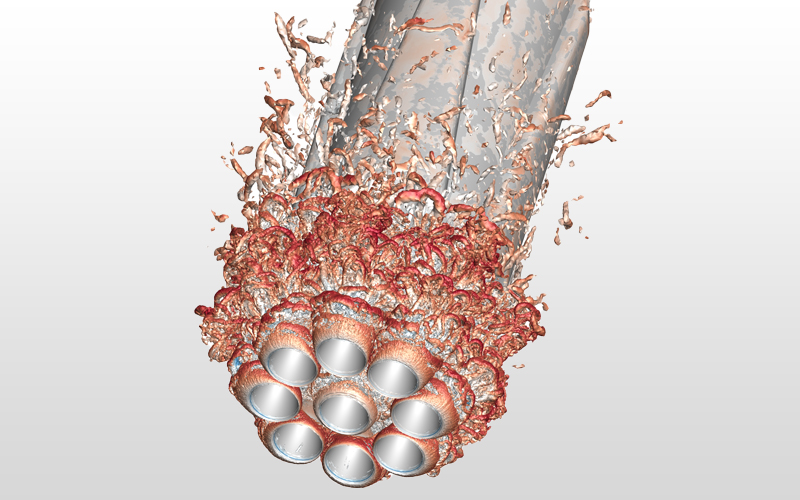
The German Space Agency DLR’s Institute of Aerodynamics and Flow Technology has released an open-source reusable launch vehicle model for simulation-based research.
In 2002, the Institute of Fluid Mechanics in Göttingen and the Institute of Design Aerodynamics in Braunschweig were merged to create the DLR Institute of Aerodynamics and Flow Technology. The now 350-person institute works on theoretical, numerical, and experimental research activities for aircraft and space vehicles.
The open-source reusable launch vehicle model initiative is a long-term project led by the institute’s Spacecraft Department. According to a DLR announcement, the aim of the initiative is to develop a consistent validation case, provide a broader literature basis for the development of reusable launch vehicles, and better understand the aerothermal challenges associated with retro-propulsion.
“Until now, there have been limited studies on phenomena such as surface heating, vehicle aerodynamics during reentry and glide phases, interaction of exhaust jets with each other and with the structure, as well as stability and control,” explains the DLR project outline. “The intention is for this model to serve as a consistent validation case, promoting collaboration with international research institutions and providing a broader literature base for the development of future spacecraft.”
The project repository includes CAD files, flight trajectory and CoG information, and aerodynamic and aerothermal results.
In addition to the open-source reusable launch vehicle model, the institute’s Spacecraft Department is also involved in other reusable launch vehicle initiatives, including the Reusable Flight Experiment (ReFEx ). With ReFEx, the department aims to develop a reusable booster design that would be launched vertically and recovered horizontally. The 2.7-metre ReFEx demonstrator is expected to be launched aboard a VSB-30 sounding rocket from the Koonibba Test Range in Australia later this year.




